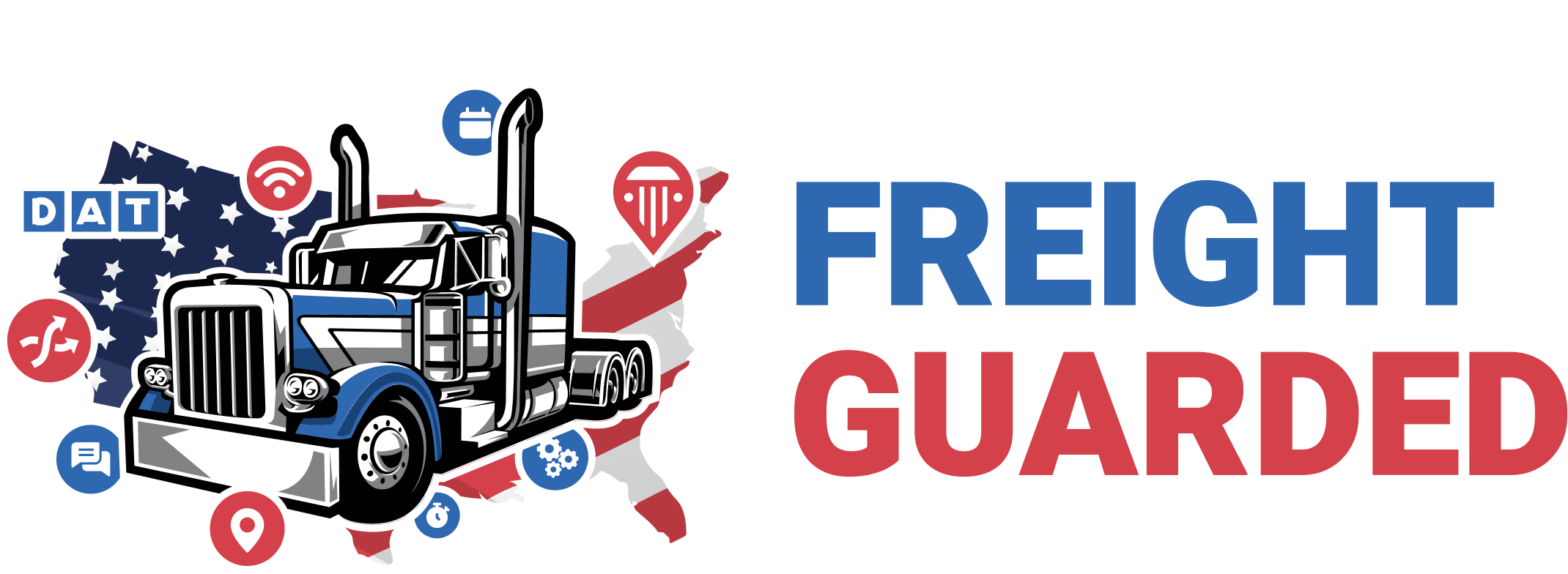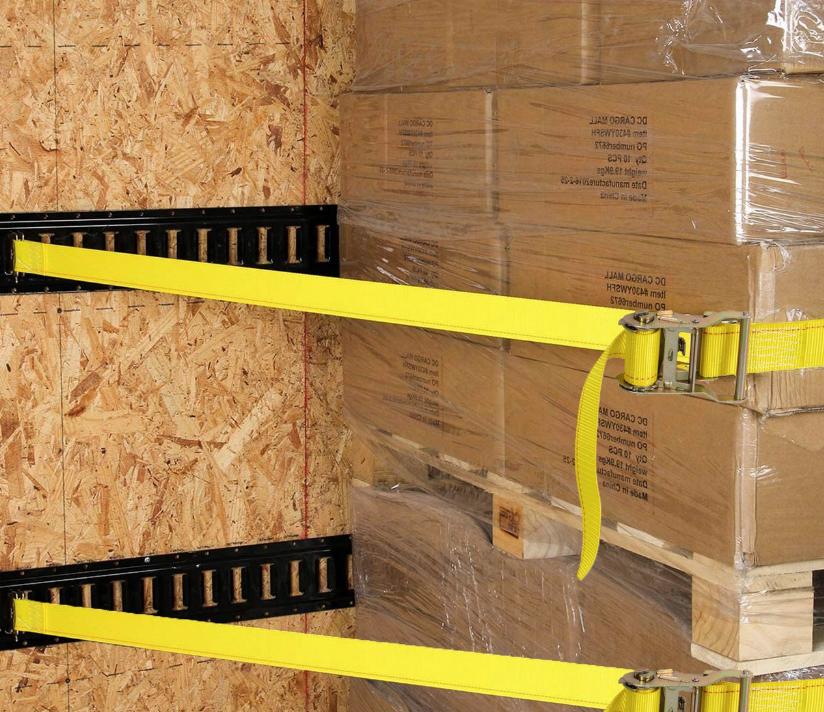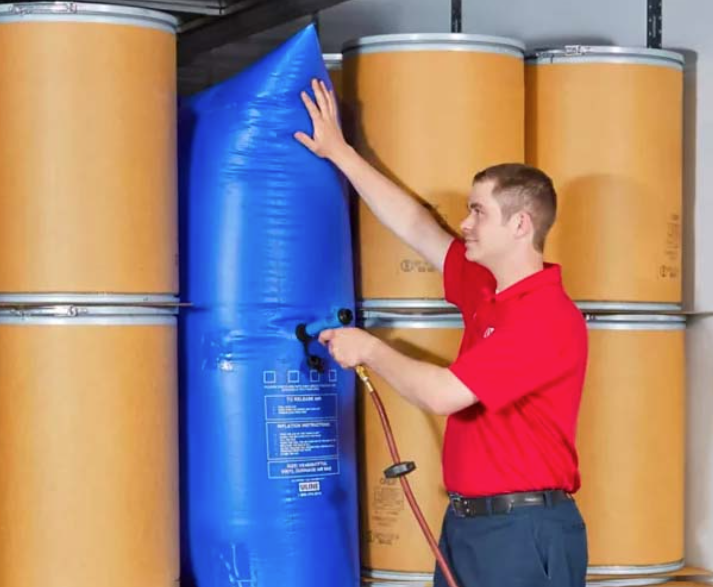Load securing is a critical aspect of the freight market in the USA, ensuring the safe and efficient transportation of goods across the country. Proper load securing practices prevent cargo from shifting, falling, or spilling during transit, thereby reducing the risk of accidents, damage to cargo, and injuries to drivers and the public. Here's an overview of load securing in the USA freight market:
Regulatory Framework
- Federal Motor Carrier Safety Administration (FMCSA): The FMCSA sets forth regulations for cargo securement in the USA, outlined in the Federal Motor Carrier Safety Regulations (FMCSRs), specifically in Section 393, Parts 100-136. These regulations are based on the North American Cargo Securement Standard Model Regulations, reflecting best practices and research in cargo securement.
- State Regulations: In addition to federal regulations, individual states may have their own rules and requirements for load securing. While these typically align with FMCSA standards, there can be variations, so it's important for carriers to be familiar with the regulations in the states they operate.
General Requirements
- Adequate Securement Devices: The FMCSA regulations specify the use of appropriate securement devices like straps, chains, tensioners, and edge protectors. These devices must meet specific strength and performance criteria.
- System of Components: Securement systems often involve a combination of devices and practices, including dunnage, dunnage bags, and shoring bars, to prevent cargo from shifting.
- Specific Commodity Requirements: The FMCSA provides detailed requirements for securing specific types of commodities, such as logs, metal coils, vehicles, heavy machinery, and boulders. Each type of cargo has unique challenges and requires specific securement methods.
- Periodic Inspection: Drivers are required to inspect their load and securement devices within the first 50 miles of a trip and re-adjust as necessary. Further periodic inspections are required after changes in duty status or after driving for three hours or 150 miles.
Challenges and Considerations
- Diverse Cargo Types: The vast range of cargo types in the freight market, from liquid and gases in tankers to oversized machinery on flatbeds, requires a deep understanding of securement techniques and regulations.
- Weather and Road Conditions: Adverse weather and road conditions can impact the effectiveness of securement devices. Carriers must consider these factors when securing loads and plan for potential re-securing en route.
- Training and Awareness: Continuous training and awareness for drivers and loading personnel are crucial to ensure compliance with securement regulations and the safety of cargo transportation.
- Technological Advancements: The industry is seeing innovations in securement equipment and materials, including stronger, lighter securement straps and automated tensioning devices, improving safety and efficiency.
Industry Best Practices
- Risk Assessment: Conducting a risk assessment for each load to identify potential securement issues based on cargo type, weight, dimensions, and transport distance.
- Load Planning: Effective load planning and distribution to ensure not only compliance with weight regulations but also to enhance stability and securement.
- Regular Training: Investing in regular training programs for drivers and loading personnel to keep them updated on the latest regulations, techniques, and securement solutions.
- Investment in Quality Securement Equipment: Using high-quality securement devices that exceed minimum regulatory requirements can provide additional safety margins and reduce the risk of cargo securement failures.
How to secure a load
- Understand the Cargo: Assess the type, size, weight, and shape of the cargo to determine the best securement method. Fragile items, heavy goods, and irregularly shaped objects each require different approaches.
- Use Appropriate Securement Devices: Employ straps, load bars (also known as cargo bars), decking beams, dunnage bags (airbags), and other securement devices suitable for the type of cargo and the interior structure of the dry van. Ensure all devices are in good condition and rated for the weight and nature of the cargo.
- Distribute Weight Evenly: Load the cargo in a way that distributes weight evenly across the floor of the dry van. This helps maintain the vehicle's balance and stability. Avoid overloading one side or concentrating too much weight at the front or back.
- Utilize Blocking and Bracing: Use blocking (wooden blocks or other sturdy materials) against the cargo and the walls of the dry van to prevent side-to-side movement. Bracing can be used to prevent forward and backward movement, especially for heavy items that could exert force against the doors or the front wall during sudden stops.
- Secure Cargo to Tie-down Points: If the dry van is equipped with tie-down points or anchor points on the floor or walls, use straps or other securement devices to tie the cargo down securely. Make sure the force of the tie-downs is evenly distributed to prevent damage to the cargo.
- Apply Adequate Tension: When using straps or load bars, apply enough tension to keep the cargo firmly in place without damaging it. Re-check the tension shortly after starting the journey, as cargo can settle and straps may loosen.
- Protect Fragile Items: Use padding, edge protectors, or blankets to protect fragile items from damage caused by straps, vibration, or contact with other cargo.
- Fill Gaps: Use dunnage or other filler materials to fill gaps between cargo items to prevent movement. Dunnage bags can be particularly effective in filling large spaces and applying even pressure to stabilize the load.
- Inspect and Document: Conduct a thorough inspection of the load once it is secured. Document the securement method and any specific instructions for handling the cargo, especially if multiple parties will be involved in the transportation process.
- Regular Checks: Federal regulations require drivers to check their load and securement devices within the first 50 miles of a trip and every 150 miles or three hours thereafter (whichever comes first). Make adjustments as necessary.
Load securing is a fundamental responsibility of carriers in the USA freight market, essential for protecting cargo, ensuring public safety on the roads, and complying with regulatory requirements. Continuous education, adherence to regulations, and the adoption of best practices and innovative technologies are key to maintaining high standards of load securement in the industry.

.thumb.jpg.79710ba0be5a9f3be83fb45bcaf36e79.jpg)

